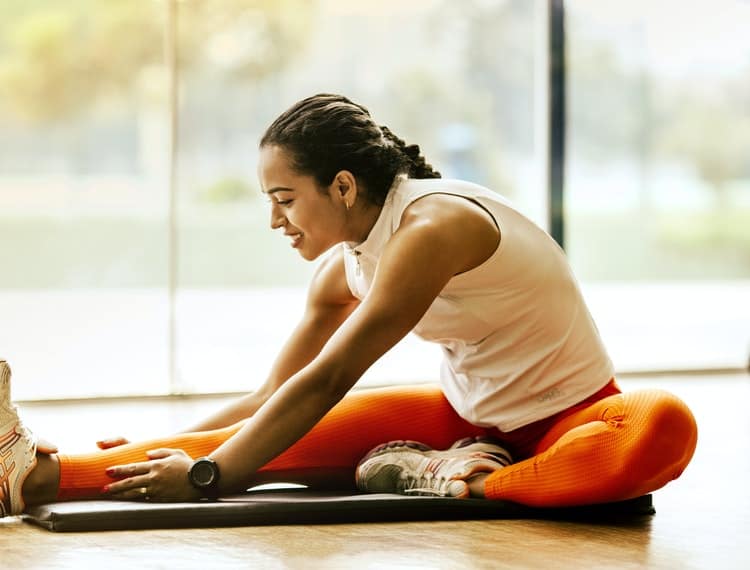Unlike swimming or gymnastics, soccer is not a sport that naturally makes you flexible. This makes it even more important for soccer players to regularly exercise to develop flexibility since it impacts more than just your muscles. According to the American College of Sports Medicine (ACSM) enhanced flexibility can reduce sports injury risk, improve muscle balance and function, increase performance, improve posture, and reduce lower back pain. Whether amateur or professional, soccer players need to incorporate flexibility training exercises into their regular practices. What flexibility exercises are best for soccer players?
Techniques and Exercise Tools To Become More Flexible
ACSM recommends that the best methods for improving flexibility are to perform exercises in their full range of motion (ROM) and to engage in safe stretching programs. The first involves static stretching while the second involves dynamic stretching. The body must also be warmed up first before stretching. Warming up increases blood flow, which then increases muscle temperature and makes collagen fibers in the muscles more elastic. This improves your ROM and avoids injury. Warming up exercises can be as simple as brisk walking, jogging in place for five minutes, or performing a low-level exercise that increases body temperature.
Use a resistance band during workouts; resistance bands add tension during exercise, making the movements more challenging to perform, which engages more muscles. Resistance bands build muscle by activating stabilizing muscle groups and providing extra intensity to other bodyweight exercises. Stabilizer muscles are those which support the bigger muscles and joints when you move. Using resistance bands helps reduce the risk of injury and helps focus your body on control, flexibility, and rehabilitation.
Experts claim that it is best to do dynamic stretching first before a competitive event and static stretching after, instead of the other way around. Dynamic stretching warms up your body and gets it ready to work. It also improves ROM and flexibility, so you can perform better. Doing static stretches before a workout or competitive event may reduce your strength, power, and performance during the event.
Dynamic Stretching Exercises
Dynamic stretching involves slow, controlled movements, instead of holding still during a stretch. They can include arm circles and hip rotations, mimicking soccer moves, and doing the flowing movements of yoga. Two minutes of the yogic sun salutation asana can already stretch multiple parts of the body. Specific dynamic stretches recommended for soccer players are Frankensteins, butt kicks, knee hugs, closed knees, open-knees, leg swings, lateral hip swings, forward and backward arm circles, rotational windmills, and ankle rotations.
Static Stretching Exercises
Static stretching is holding a position for 10 to 30 seconds. Doing this after a workout or an event lengthens muscles and improves flexibility. Hold static stretches for only about 30 seconds and never stretch to the point of pain. The three best recommended static stretches [for soccer players are the kneeling hip and quad stretch, the sitting single leg hamstring stretch, and the squatting leg out adductor and groin stretch. They address muscle imbalance and help repair and restore them to optimum functioning.
Flexibility training is very important because of the key role that it plays in improving movement performance and reducing the risks of injuries. Your ability to move with strength and coordination depends on your flexibility. When designing your flexibility training program, consider which dynamic and stretching exercises to perform and do them regularly.

